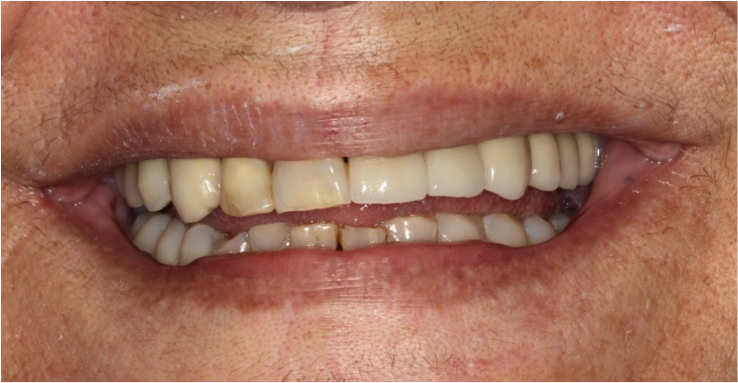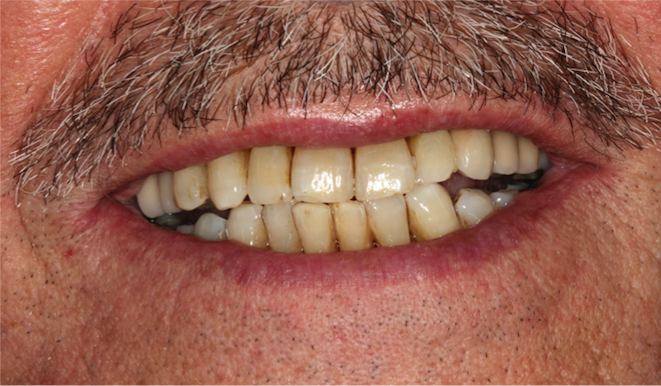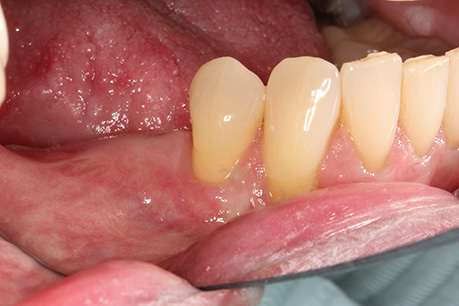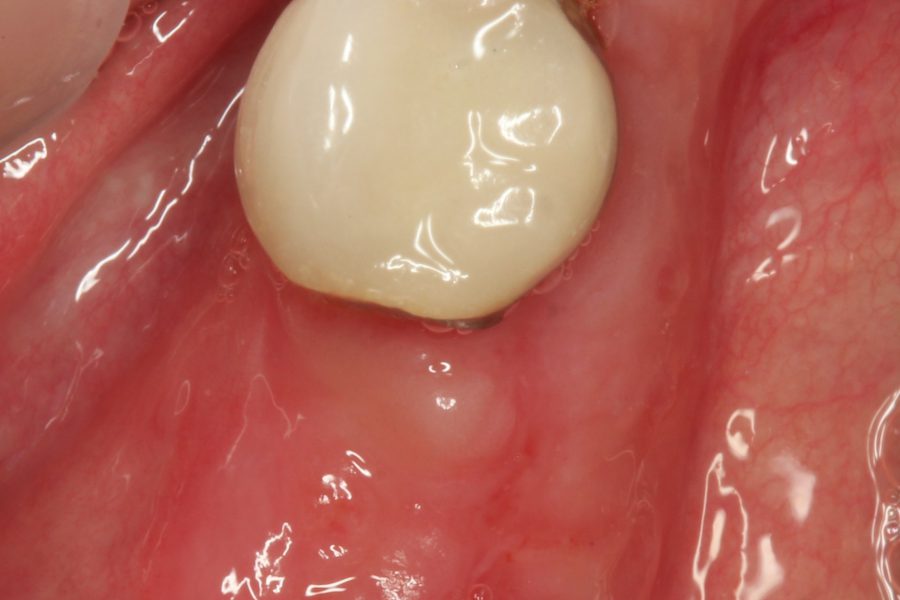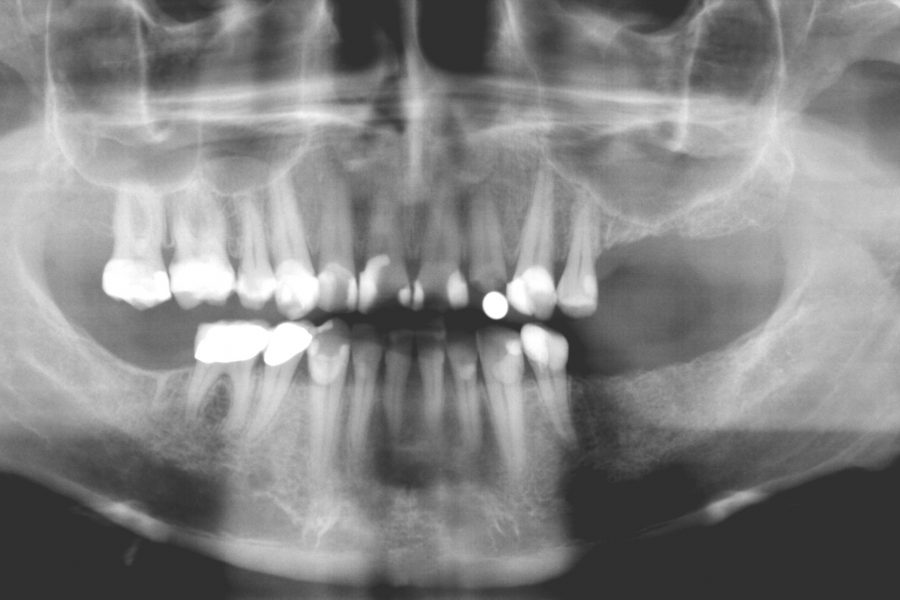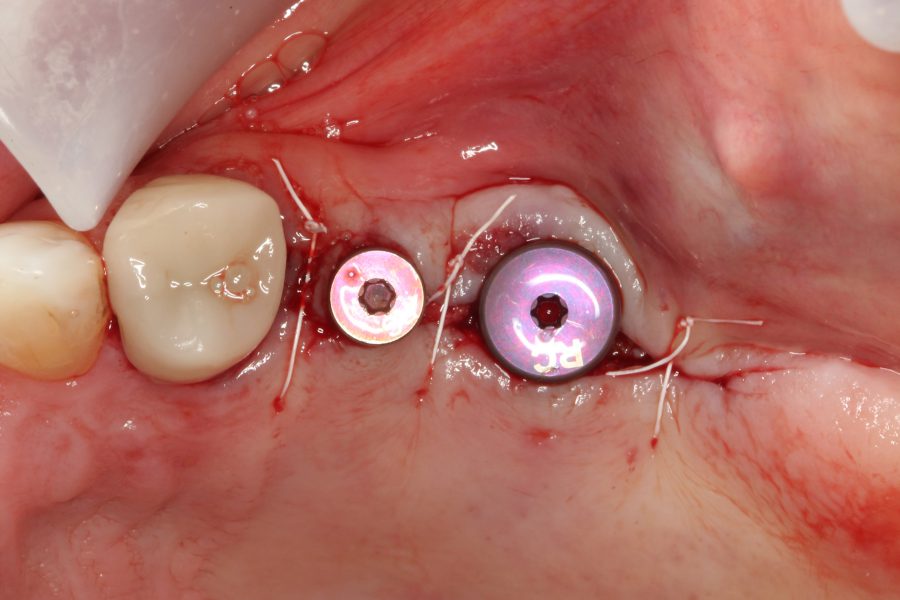ORAL SURGERY
Cysts of the jaws are cavities within the bone of the jaw (upper or lower). Cysts are pathological entities of benign nature. Their interior walls are lined with epithelium and typically they are filled with fluid. Due to internal hydrostatic pressure generated through osmotic phenomena cysts cause pressure resorption of the surrounding bone and grow in size at the expense of bone.
Their expansion may cause pressure or translocation of adjacent anatomical structures (nerves, teeth). In case they become infected they may cause pain, swelling and suppuration. Furthermore, the bone loss produced by their growth may significantly undermine the bone support of adjacent teeth, which potentially may lead to loss of these teeth. In less common occasions, bone loss may be of such an extent that a jaw fracture may occur.
Depending on their etiology cysts are classified into odontogenic and non-odontogenic. Whenever their presence is related to a necrotic tooth that can be maintained, then endodontic treatment of that tooth (root canal treatment) is the first treatment step (and sometimes that alone is adequate). In case the cyst does not regress following endodontic treatment or the related tooth is non-retainable removal of the cyst is mandatory.
There are two main surgical removal techniques. Enucleation involves excision of the cyst and debridement of the bone margins surrounding it. The second technique is particularly useful in situations where cysts have grown to a very significant extent. This technique, which is called marsipulization, slowly reduces the cyst’s size in order to facilitate its removal at a second stage.

